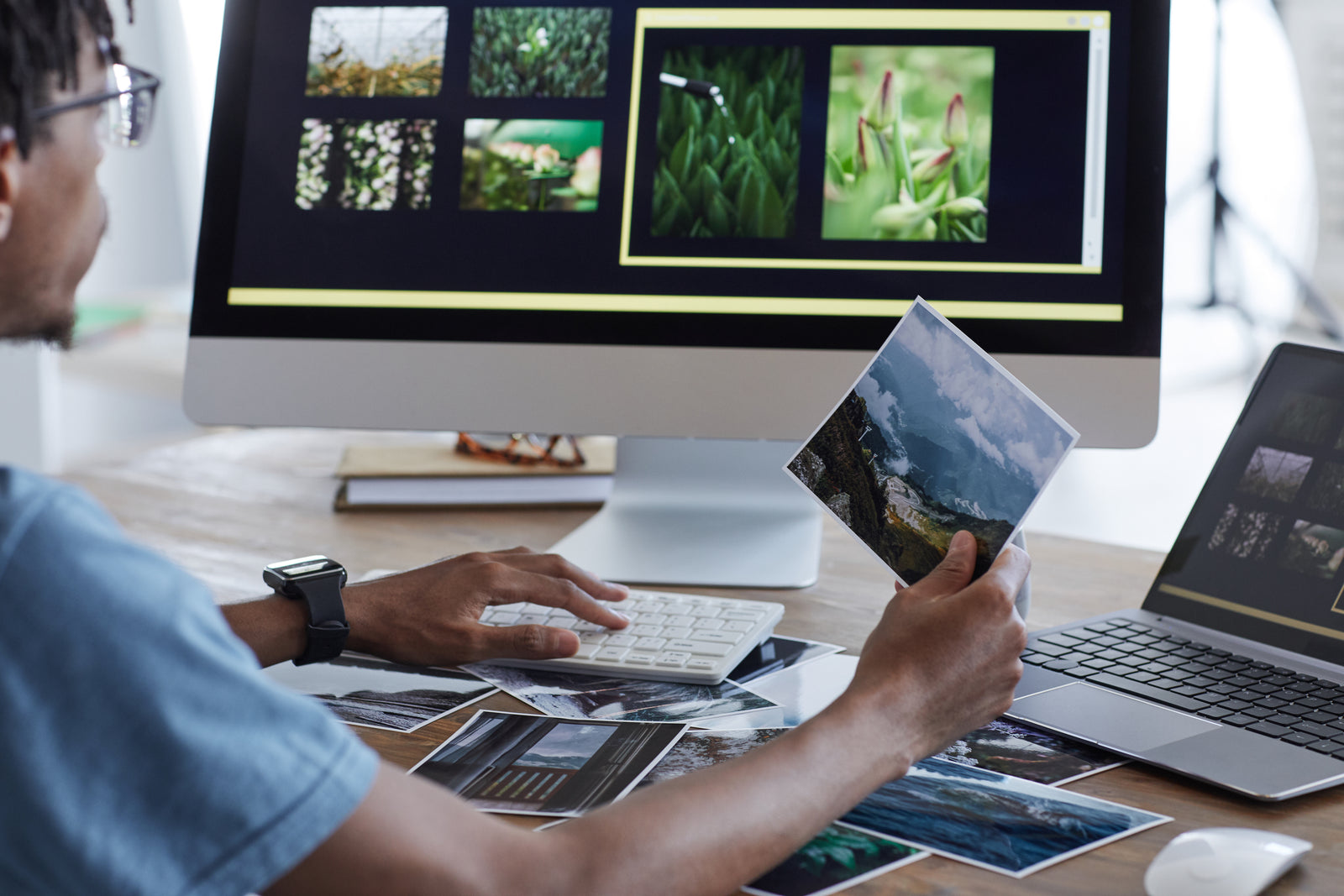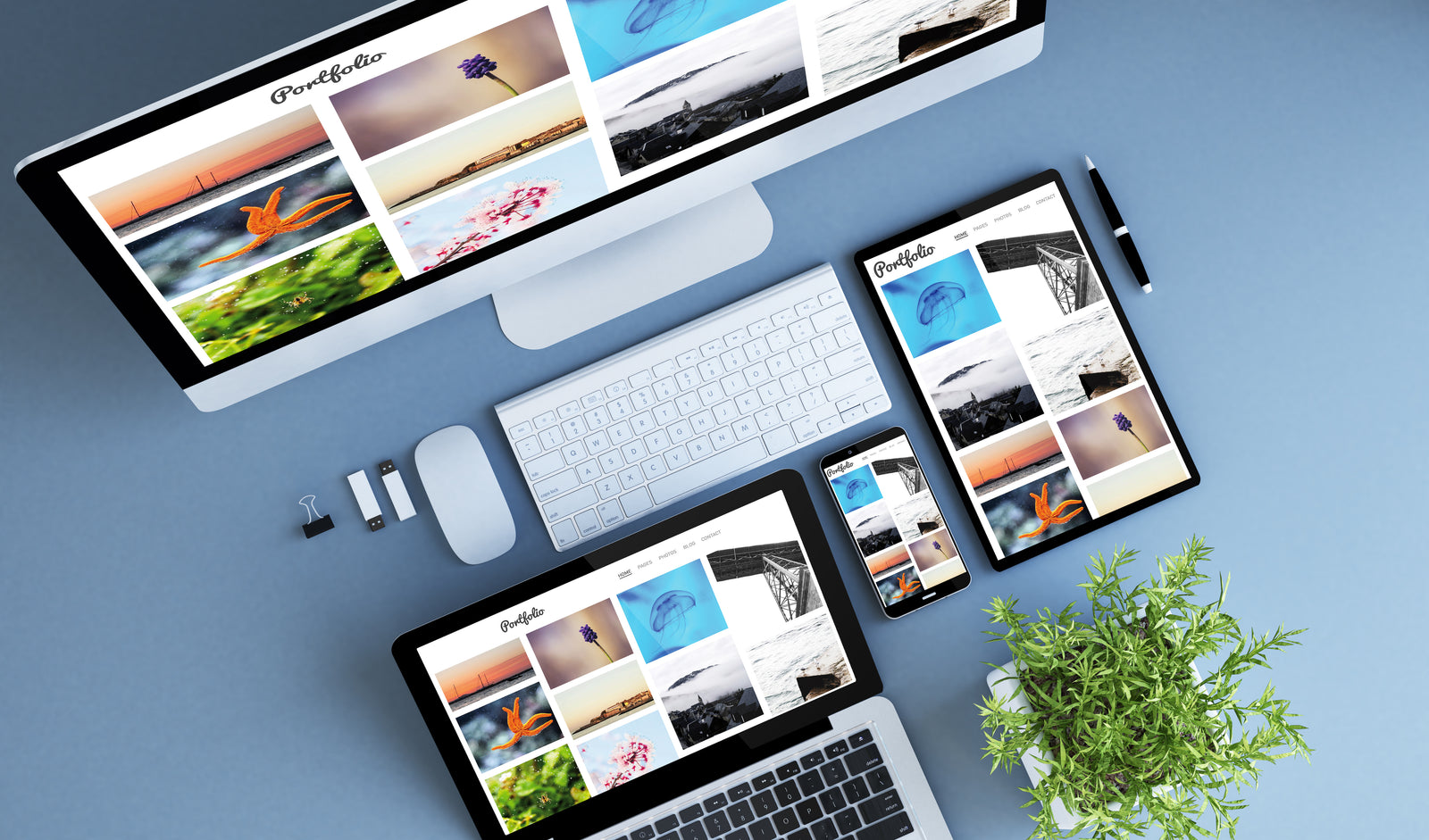Film vs. Digital Photography — What is the Difference?
January 11, 2021

Digital cameras were first introduced in 1975, however, they didn’t go mainstream until the early 2000s.
Today, digital photography has surpassed film photography by leaps and bounds as the format of choice, with few exceptions. Thanks to ever-improving smartphone technology, the quality of digital photos taken on some smartphones far exceeds that of mid-range digital cameras.
But what is digital photography and how does it differ from film or analog photography? For starters, a digital camera doesn’t require film — instead, it requires a rechargeable battery to power it and a memory card to capture images. The basic principles are the same regarding shutter speed, aperture, ISO to create exposures, and an eye for creating compositions.
Film is a strip of plastic coated with gelatin emulsion layer with microscopically tiny light-sensitive silver halide crystals. The film’s sensitivity to light is referred to as the ISO. Film is available in many sizes to fit different cameras, varying number of exposures (24 and 36 are the most common for 35mm), and ISOs, as well as negative and slide formats.
Film captures images at different resolutions while digital cameras have electronic sensors that perform these same functions. Just as you can’t take photos on a film camera without film, a storage device (e.g. SD card) is necessary to take pictures on a digital camera. And then you end up with file formats like JPEG, TIFF, PNG, SVG and others that don’t exist in film photography.
Film vs. Digital Photography
There are pros and cons of film cameras vs. digital models, although this isn’t an objective thing because like any other topic, people have different viewpoints about photography.
- Many film cameras cost less, although there is the added expense of film and processing
- Film is better at capturing black and white and subtle details far better than digital
- Minor focusing issues and exposure problems aren’t as noticeable on film
- Film captures photos at a higher resolution than most digital cameras
- A limited number of film exposures on a roll requires a person to think more about shots than shooting hundreds of photos on a smartphone, which could be seen as a pro or con
- Film delivers the thrill of the unknown because you have to wait for it to be processed vs. “what you see is what you get” with digital
- Film cameras don’t run out of battery power like digital cameras, which often stop working before you can recharge them — anybody who missed once-in-a-lifetime shots on a dream vacation can attest to this
- If you ever printed your own photos in a darkroom, seeing images appear is a near magical experience that can’t be replicated
Digital vs. Film
Instead of waiting for the photo lab to return your pictures, digital photography makes it possible to see images instantly and post them to social media sites immediately. If you don’t like the results, you may be able to retake the picture, depending on the situation.
- The versatile resolution of point-and-shoot cameras of 12 to 20 megapixels is high enough to create quality prints
- Digital cameras allow you to change as many if not more settings than film cameras, including ISO, white balance, resolution size, etc.
- Memory cards are small and can store many images, but they also can get damaged or lost
- Images can be edited directly on the camera or retouched after you download them using a wide array of apps or software vs. retouching dust or spots on prints the old-fashioned way with tiny brushes and dyes
- You can choose to print the best images rather than an entire roll
- Digital images don’t clutter physical spaces, although you need to be diligent about storage to avoid computer or smartphone clutter
Photography is a magical medium because it captures moments in time, connecting the past to the present, regardless of whether you opt for film or digital!
Leave a comment
Comments will be approved before showing up.
Also in Blog

How to Enlarge a Picture for Printing
July 20, 2021

How to Make a Digital Photo Album
July 20, 2021

How to Share Digital Media
July 20, 2021
Purchase
CONNECT
We're here to help!
For All General Inquiries:
Phone: 888.333.2808
Email: info@scandigital.com
Business Hours (EST):
Monday - Friday: 9:30am - 5:30pm
ScanDigital Chicago
(Drop-Off & Pick-Up Only):
Phone: 888.324.6436
Business Hours (CST):
Monday - Friday: 10:00am - 4:00pm
News & Updates
Sign up to get the latest on sales, new releases and more…
© 2025 ScanDigital, Inc..
